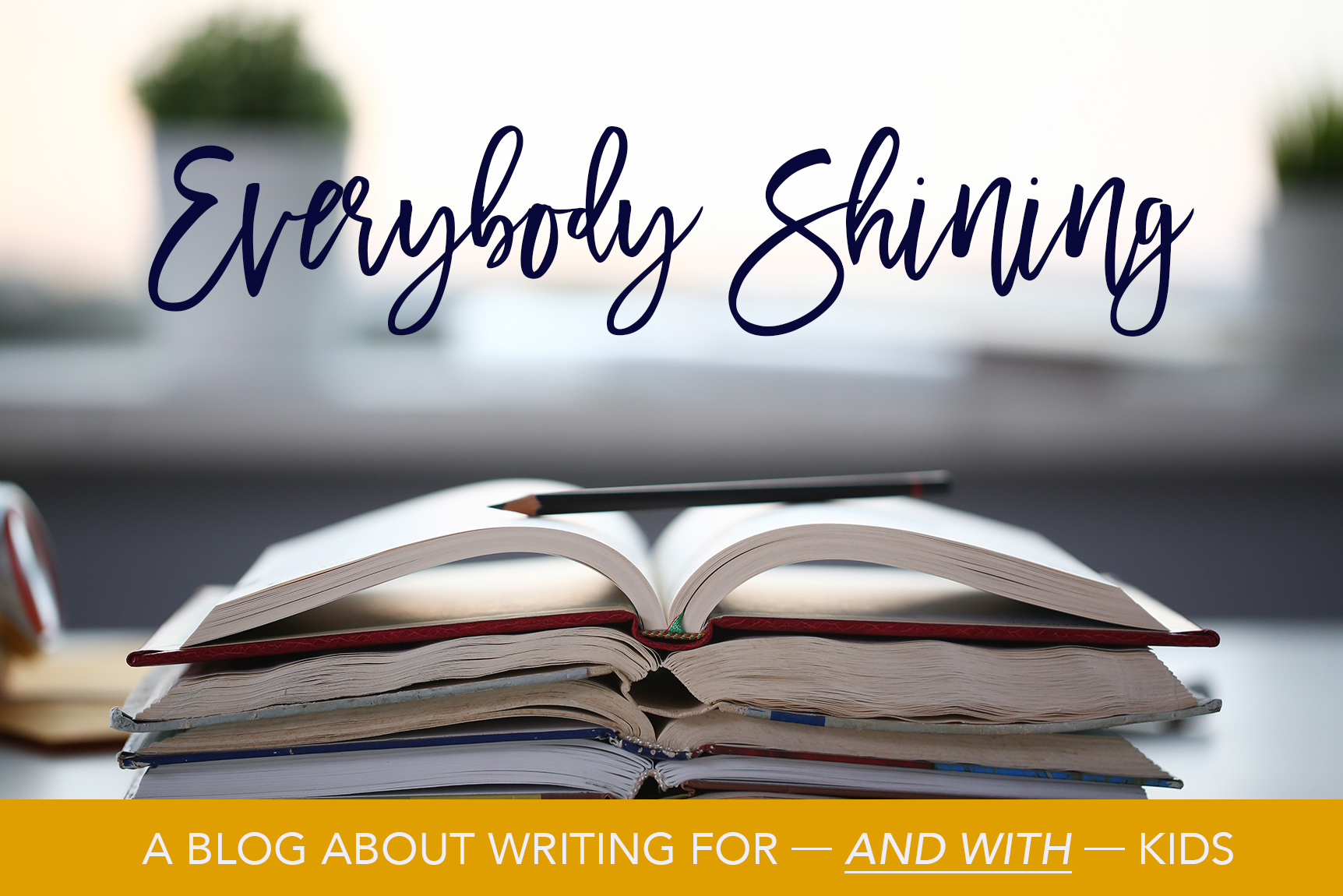When I finish a first draft, I immediately want to send it off to my editor to get her thoughts. But before I do, I feel like I should clean it up a little bit, wash behind its ears and try to comb that cowlick into submission. While I believe feedback early in the writing process is useful, there are some revisions we can make–and should make–on our own before we hand our draft over to a reader.
First, let the draft sit for a little bit. It’s almost impossible to read something you’ve written right after you’ve finished it and see it for what it is. If you let a draft sit, you’ll catch all kinds of mistakes when you pick it up again, from misspellings to mysterious name changes (a character starts out as Stella and by the third page is Sookie and then goes back to being Stella again in Chapter Three). You’re more likely to realize that you left out important information, such as the fact your protagonist is an orphan or the story takes place in 1965. You might even see that the ending you thought was so brilliant when you wrote it is sort of … well, not great.
For me, the ideal process goes like this:
- Write a horrible first draft
- Let the draft sit a little while (a few days at the very least)
- Read the draft over and make corrections and revisions
- Let the draft sit again for a few days
- Read over and make revisions, and then send it to my editor
Let’s unpack step number 3. First, I want to remove any distractions that might push a reader out of the story–the aforementioned name changes and misspellings, as well as dropped words, anachronisms and historical inaccuracies. Sometimes as I’m writing, I don’t want to lose my flow by stopping to look something up to see if I have my facts straight. That’s fine–but I never got back to it, now’s the time to check.
The larger concern is this: Is there anything I could add or change to make this a stronger draft? Additional scenes? Important background information? More detail about a character’s motivations? I know I won’t catch everything that needs revising, and there may be problems I don’t know how to solve, but there’s always something that I can make better before I send a draft to my editor.
Once I’ve made corrections, changes and additions, I put the draft down again and wait a few more days to re-read. It can be hard at this point to be patient, but if you have the time I highly recommend it.
The thing I try to pay special attention to on a second reading is my own experience as a reader. Where do I find myself skimming over passages or paragraphs? A rule of thumb: If you’re bored, your reader will be bored. Any point you lose interest is a paragraph/plot point/conversation you need to look at again and either ditch, revise, or re-energize. If I find myself wincing, I need to revisit!
The edits I do at this juncture constitute a kind of housekeeping–and, quite frankly, are a courtesy to my editor. We both know the draft I send her is going to be far from perfect–in fact, it may have to be totally overhauled–but I’ve done all that I can do on my own. Now it’s up to her to save me!







I’ve learned to do these things and give to beta readers before submitting. But somehow I keep thinking that I should be able to get it right by now and my editor shouldn’t be finding so many weaknesses. 😉